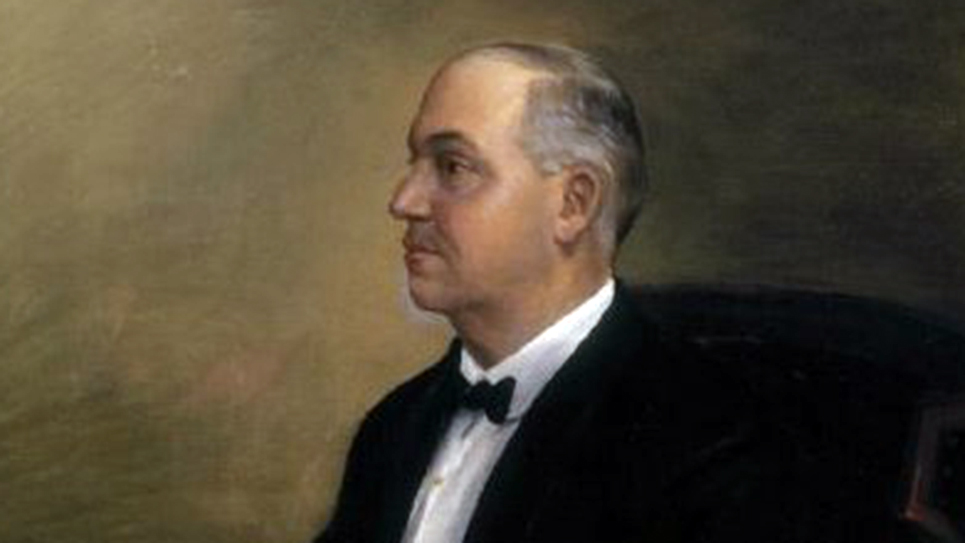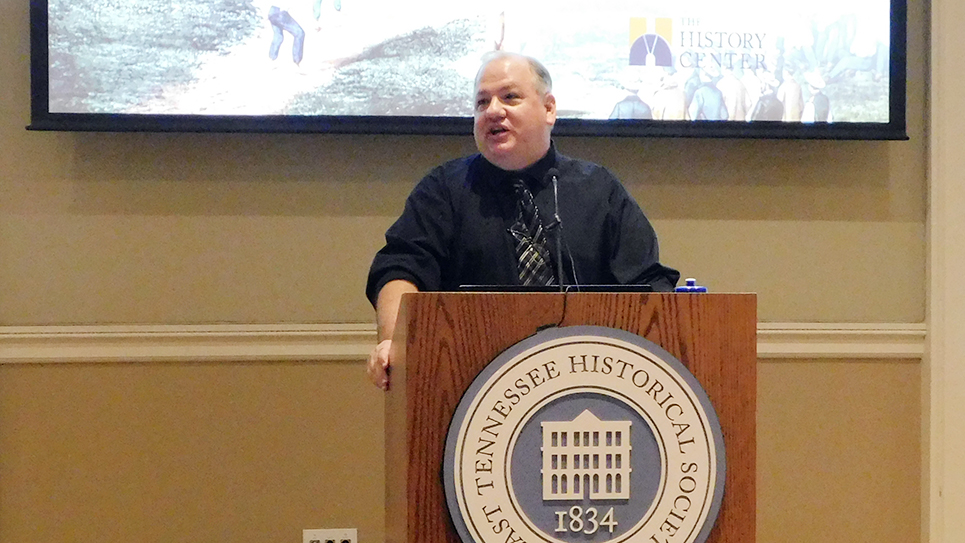By Tom Mattingly
When you look at the life and influence of Dr. Andrew Joseph Kozar, the one term that does not apply is “one-dimensional.”
He was not “just” an athlete, not “just” a scholar, not “just” an author. He was all that … and much more.
Kozar, who died on April 29, 2010, at age 79, was a good friend to all of us who knew him, a man who gave of himself bountifully to others.
He loved the craft of research and writing and the art of putting pen to paper, and, in later years seeing words arrive on the computer screen.
He distinguished himself with a biography of the famed sports sculptor R. Tait McKenzie. As he wrote in the book’s preface, McKenzie “immortalized our Golden Age of Sport in bronze.”
After six year’s research, he also authored “Football as a War Game: The Annotated Journals of Gen. R.R. Neyland.”
It is 480 pages long, well-researched, well-written, and well-received. Reading his analysis, we find that Neyland spared no one in his comments about players over the years. In the middle of the 1950 season, for example, Neyland wrote that, “Kozar and [Basil] Drake are terrible blockers.”
When I was writing the first “Tennessee Football Vault: The History of the Tennessee Volunteers” in 2006, Andy offered numerous helpful suggestions. He also shared his collection of sports books and memorabilia. His was a profound influence on a daily basis.
His fingerprints are all over that book. To say he was “helpful” would be an understatement. It couldn’t have happened without his assistance.
Tennessee fans know him best as part of Tennessee’s run to glory during his Vol career that spanned 1950-52, that final season being cut short by injury.
He played fullback in the single-wing wearing No. 86, yet was bigger than most everybody else on the team, except Doug Atkins. Opposing defenses had to have hated seeing him coming, either as a blocker or with the football under his arm.
The 1950 and 1951 backfield featuring Kozar, Hank Lauricella, Jimmy Hahn, and Bert Rechichar is one of the most heralded in Vol history.
He had the game-winning scores against Alabama in 1950 and Texas in the 1951 Cotton Bowl. His career stats included 27 touchdowns and a 5.2-yard average, with 1,837 yards rushing in 29 games.
He and his teammates often told the story how the University of Texas band was outside the Vol dressing room at the Cotton Bowl, Jan. 1, 1951, playing the “Eyes of Texas.” He recalled Neyland predicting “Tennessee Waltz” would be the song of choice once the game was over.
His career after college included a stint in the Army and time professionally with the Chicago Bears.
When he turned his attention to academic pursuits, he did so with a passion, as he did everything else, earning a master’s (1957) and Ph.D. (1961) at the University of Michigan.
He would become one of the most influential faculty members at Tennessee. He headed the men’s physical education program, served as executive assistant to Pres. Edward J. Boling from 1975-1986, and became a University Professor.
In 1978, he won the NCAA Silver Anniversary Award, honoring men who have led distinguished professional careers after illustrious collegiate athletic careers 25 years earlier. He was named to the Tennessee Sports Hall of Fame in 1979 and the Knoxville Sports Hall of Fame in 1989. He and Lauricella were named to the Cotton Bowl Hall of Fame in 2005.
Neyland and Kozar shared one common characteristic, a search for knowledge and life experiences well beyond the parameters of the gridiron.
When he remembered his Tennessee football career in “Six Seasons Remembered: The National Championship Years of Tennessee Football,” penned by Haywood Harris and Gus Manning, Kozar recalled the influence Neyland had on him.
“What I’ll remember most was that he taught us how to live,” he said. “He was always a sea of calm. We would be nervous about how a game was going, or about anything else, and he was always the same. People who knew him said he could have been anything he wanted to be in the way of a career, and he chose coaching. That was the University of Tennessee’s great luck.”
The same could be said for Andy Kozar.
He could have accomplished anything he wanted to do with his life, but chose to share his talents and abilities with the University of Tennessee.
When someone writes the next definitive history of the University of Tennessee and its athletics program, Andy Kozar’s name will be prominent among those who have influenced its growth and development.






